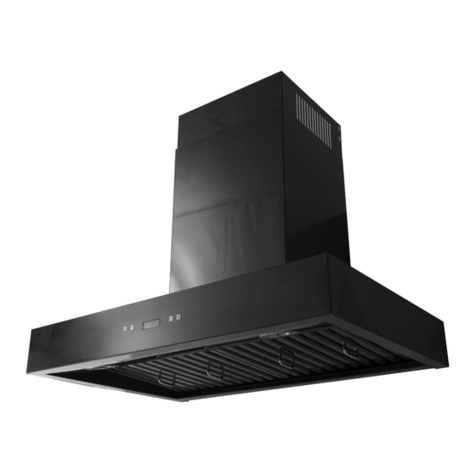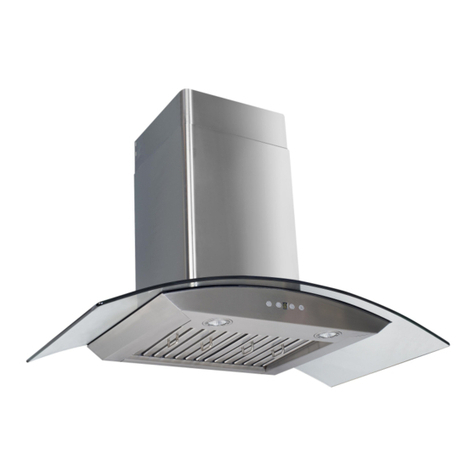Vesta Baltimore VRH-UI03-30SS User manual
Other Vesta Ventilation Hood manuals

Vesta
Vesta Stuttgart User manual

Vesta
Vesta Berlin User manual

Vesta
Vesta Charlotte VRH-CHARLOTTE-30SS User manual

Vesta
Vesta Rome VRH-ROME-30SS User manual

Vesta
Vesta Akron VRH-AKRON-30SS User manual

Vesta
Vesta Alexandria VRH-ALEXANDRIA-30SS User manual

Vesta
Vesta Brussels VRH-BRUSSELS-30 User manual

Vesta
Vesta Frankfurt VRH-WI05-30BS User manual
Popular Ventilation Hood manuals by other brands

Gorenje
Gorenje S3 IHGC963S4X manual

KOBE
KOBE ISX2136SQB-1 Installation instructions and operation manual

U.S. Products
U.S. Products ADVANTAGE-100H Information & operating instructions

Kuppersberg
Kuppersberg DUDL 4 LX Technical Passport

Framtid
Framtid HW280 manual

Thermador
Thermador HGEW 36 FS installation manual





















